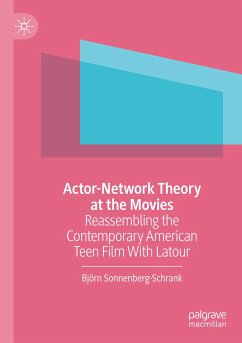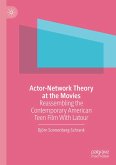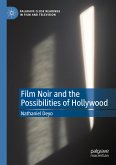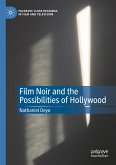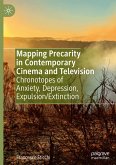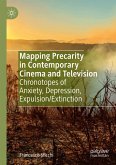This book is one of the first to apply the theoretical tools proposed by French philosopher Bruno Latour to film studies. Through the example of the Hollywood Teen Film and with a particular focus on Actor-Network Theory (ANT), the book delineates how Teen Film has established itself as one of Hollywood's most consistent and dynamic genres. While many productions may recycle formulaic patterns, there is also a proliferation of cinematic coming-of-age narratives that are aesthetically and politically progressive, experimental, and complex. The case studies develop a Latourian film semiotics as a flexible analytical approach which raises new questions, not only about the history, types and tropes of teen films, but also about their aesthetics, mediality, and composition. Through an exploration of a wide and diverse range of examples from the past decade, including films by female and African-American directors, urban and rural perspectives, and non-heteronormative sexualities,Actor-Network Theory at the Movies demonstrates how the classic Teen Film canon has been regurgitated, expanded, and renewed.
Bitte wählen Sie Ihr Anliegen aus.
Rechnungen
Retourenschein anfordern
Bestellstatus
Storno

